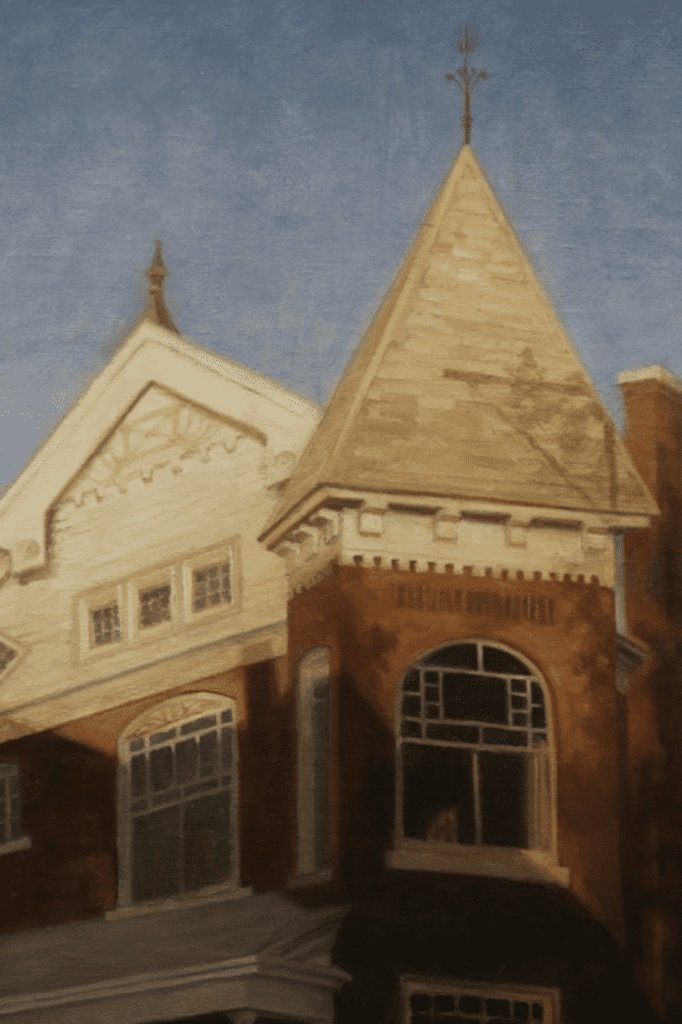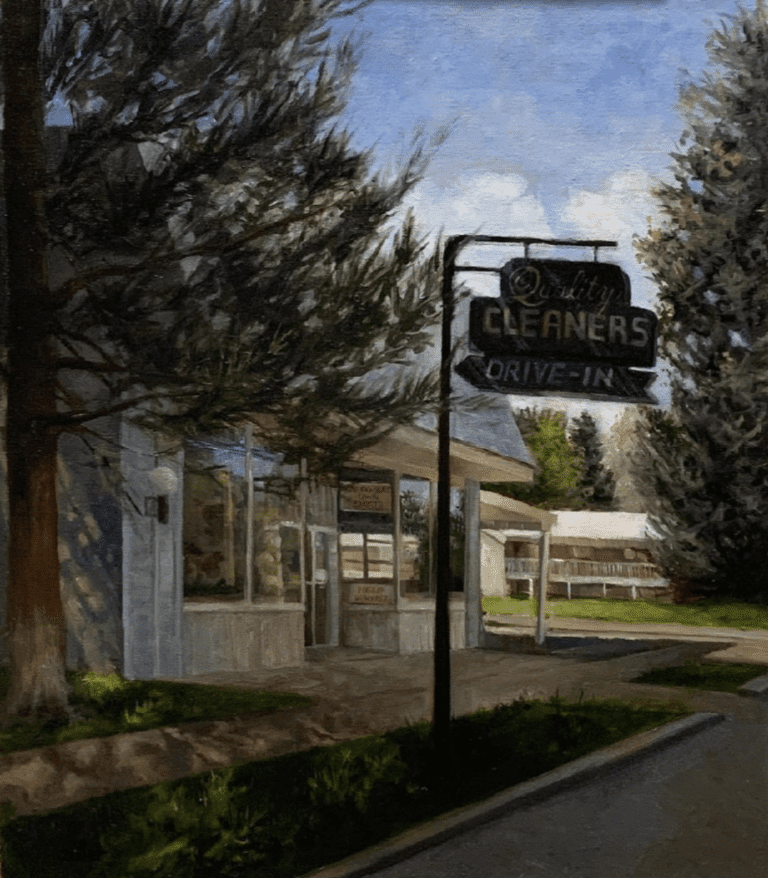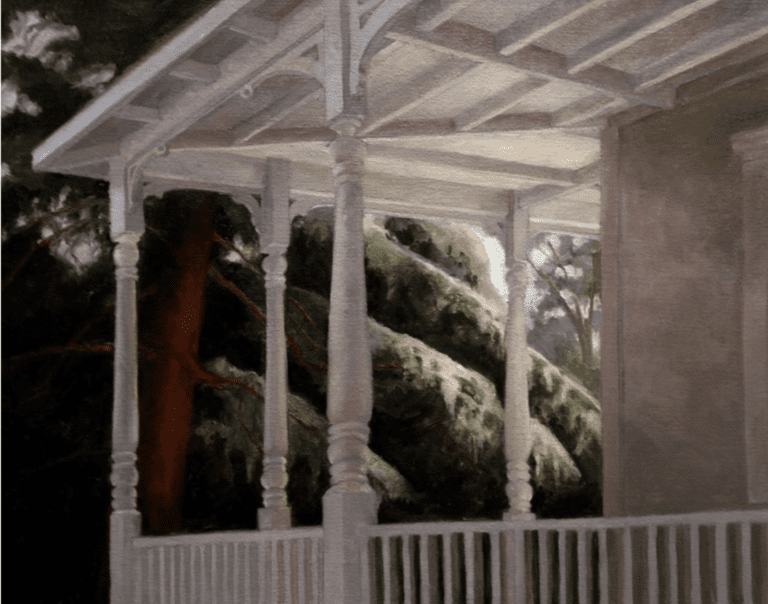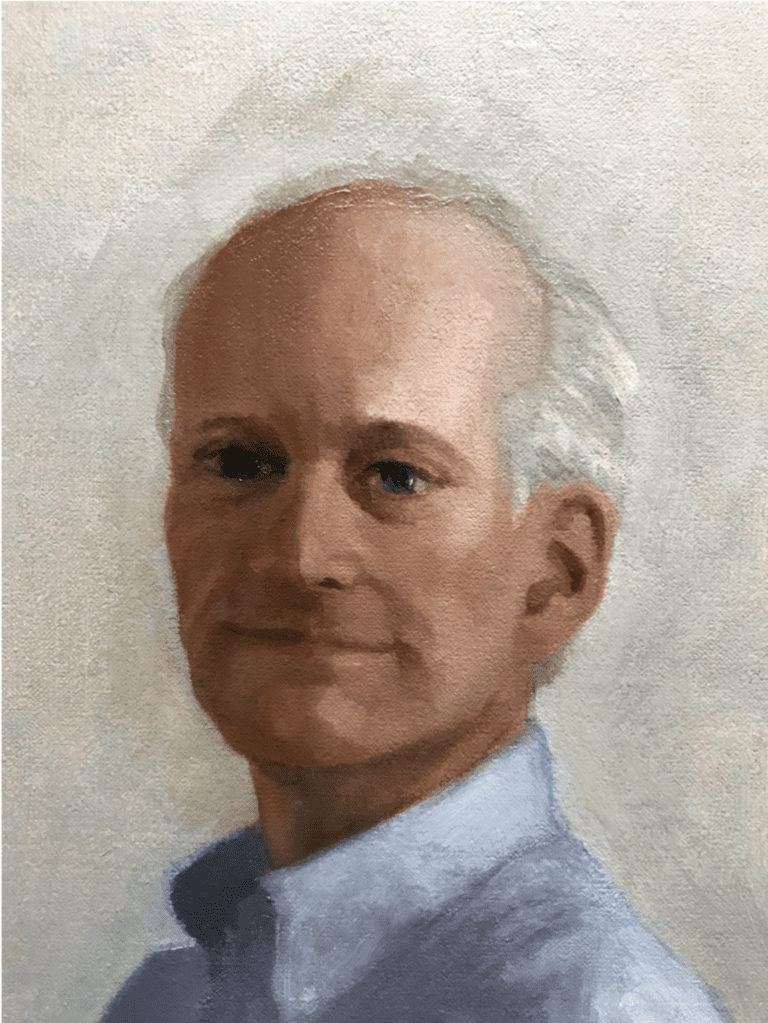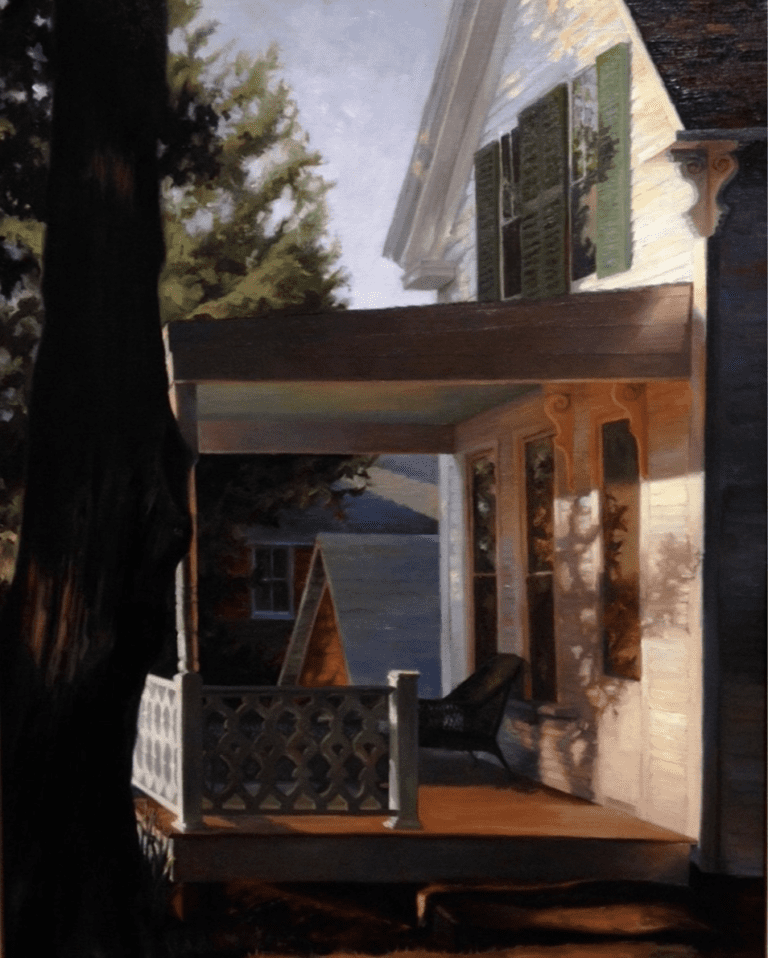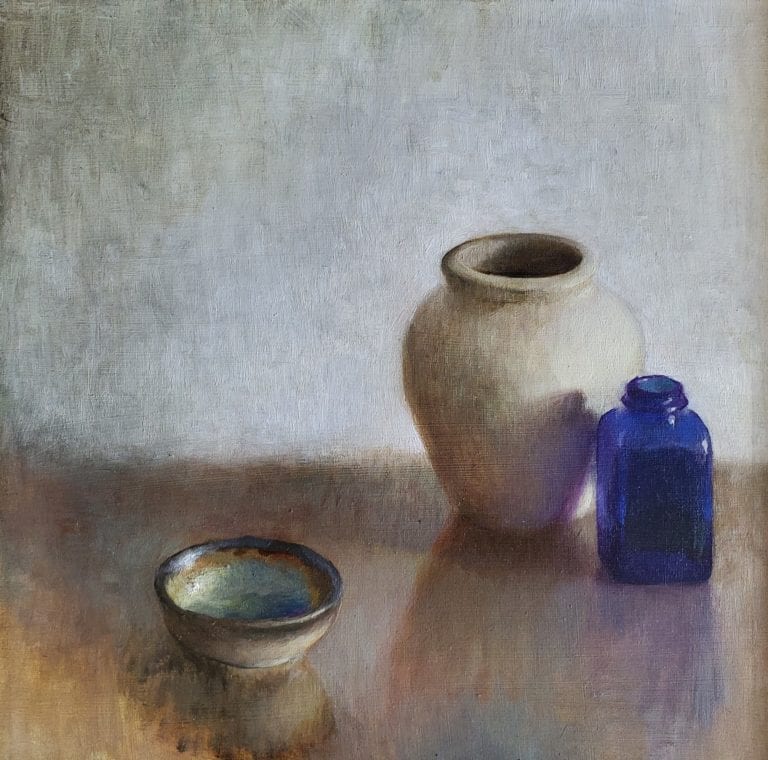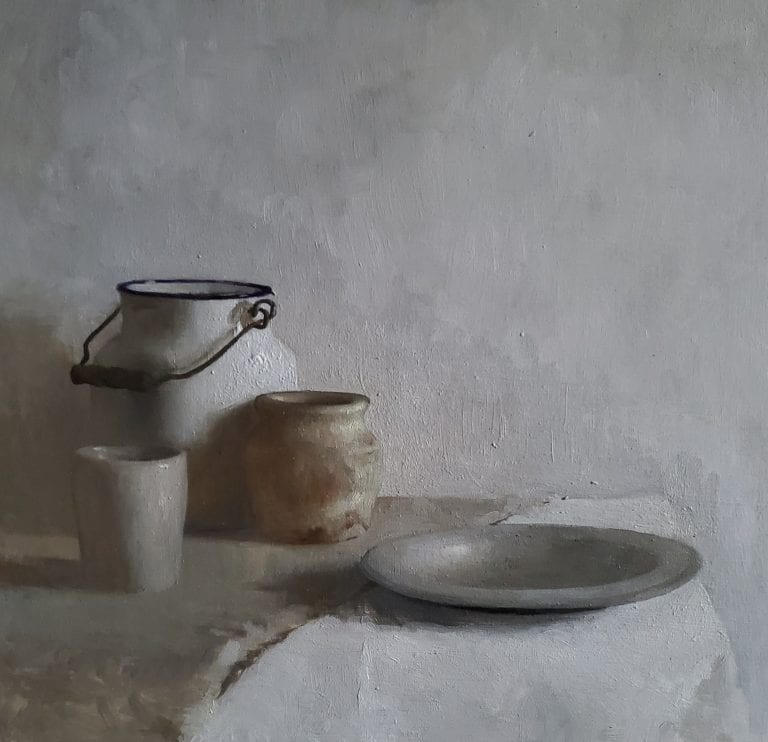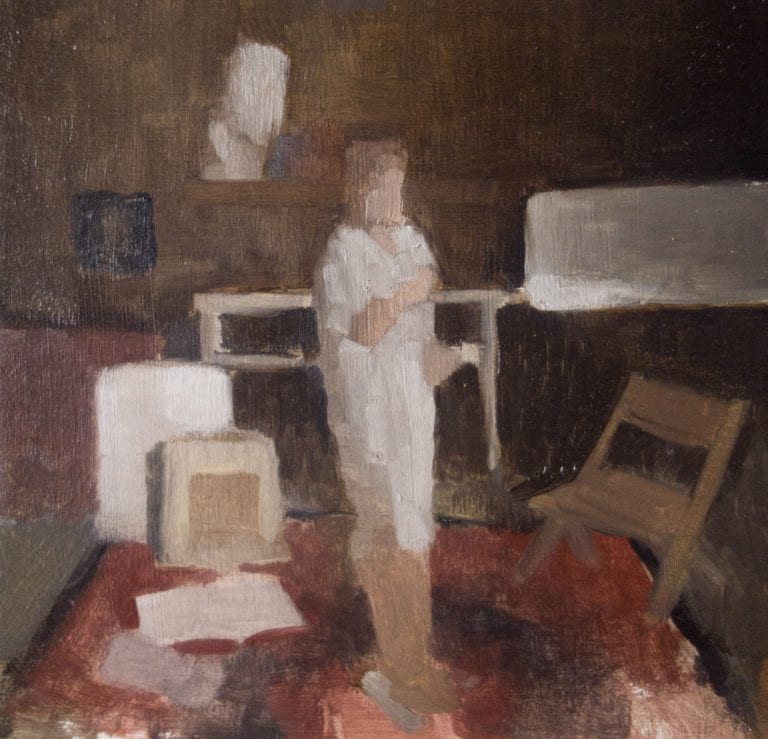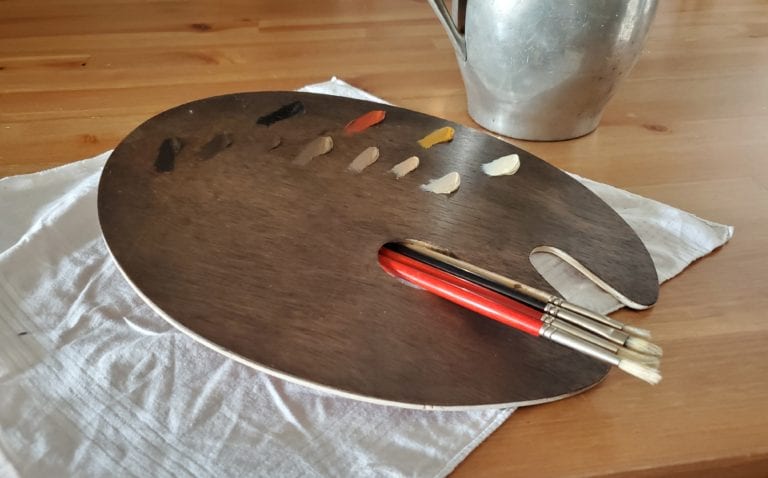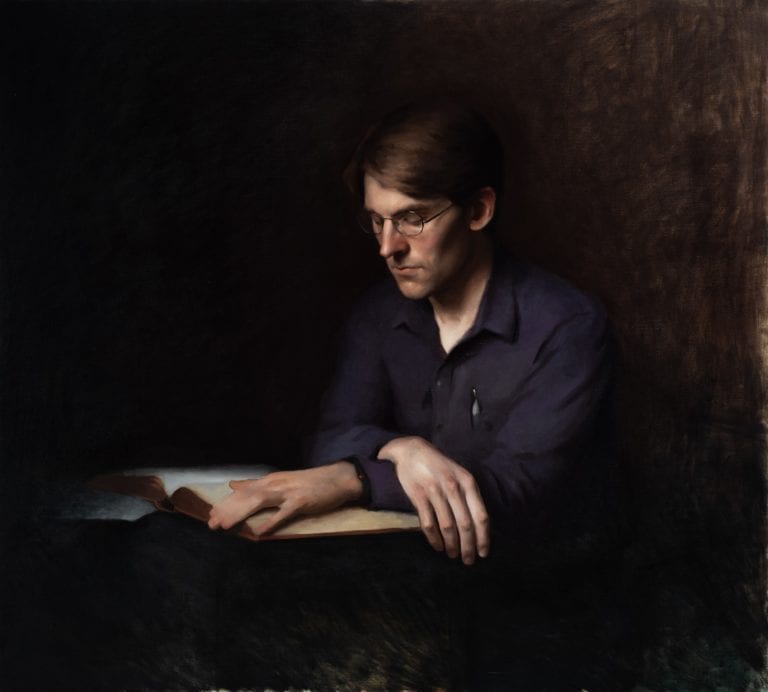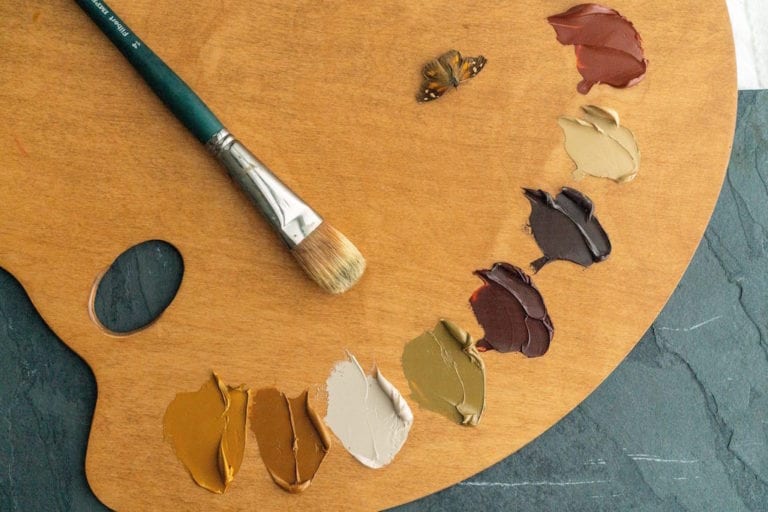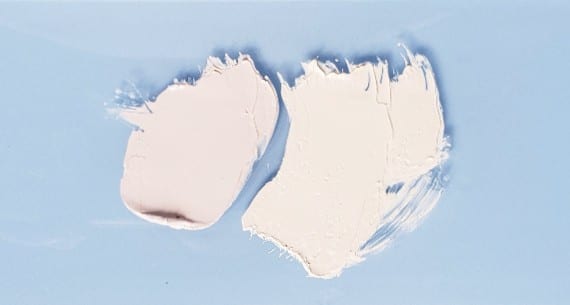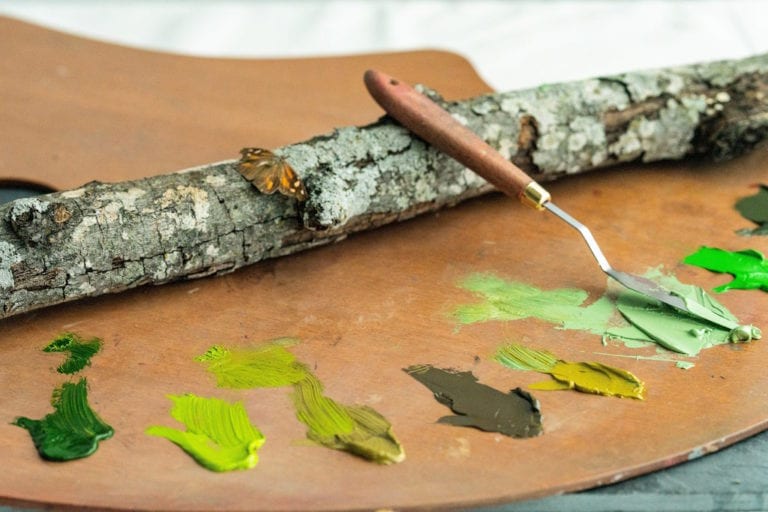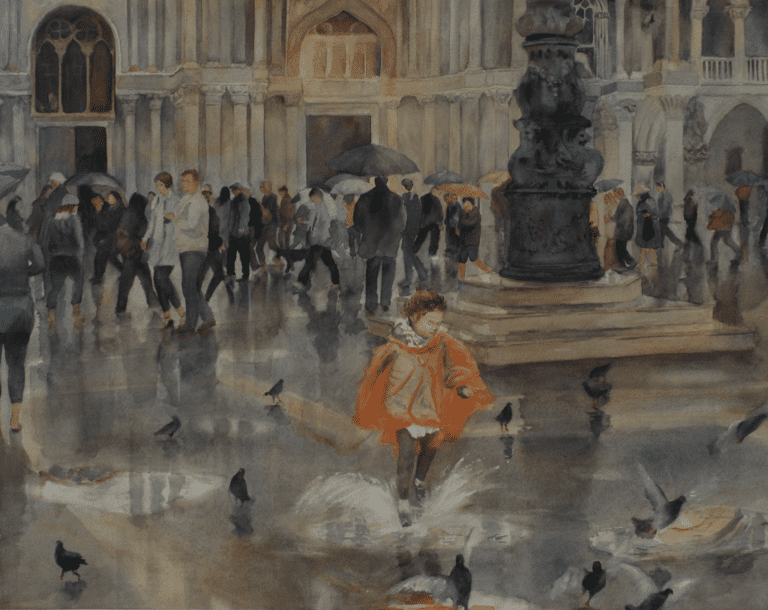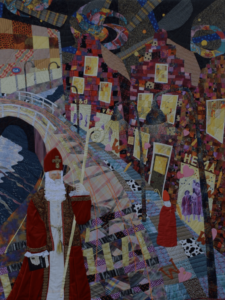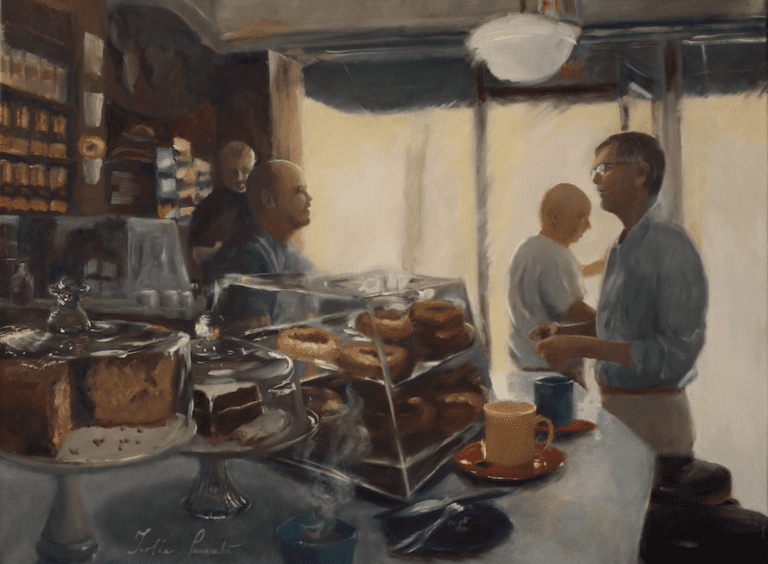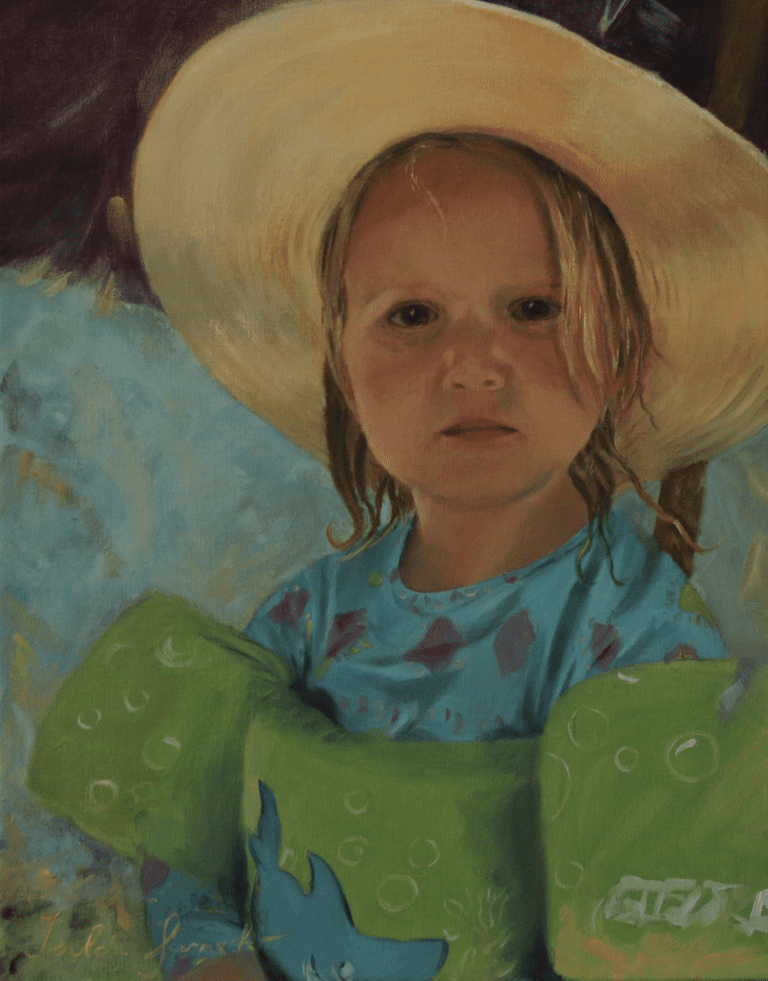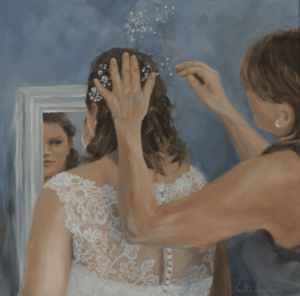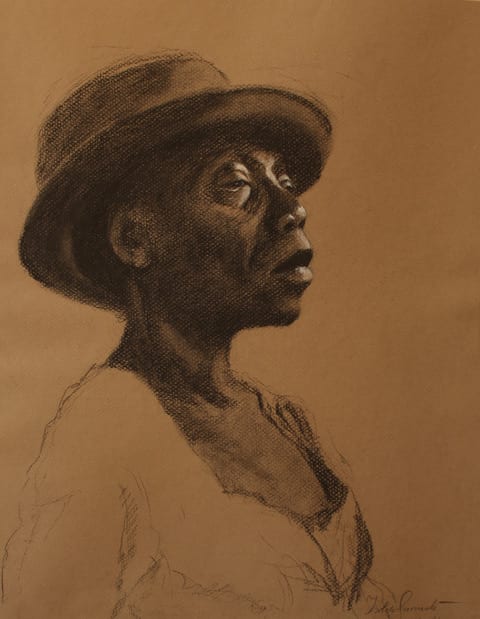Leveraging All of Your Senses to Create More Impactful Paintings
The importance of a strong composition is well known to painters. Once a good design is selected, we make choices and adjustments using our toolbox of techniques to create a successful outcome. Some of these techniques include imagination, values, edges, paint application, color, line, and harmony. There is an underutilized technique to consider adding to your painter’s toolbelt: leveraging the dynamic senses of sound, feel, smell, and taste.
After selecting a composition to paint, I ask this question: “How should this painting sound to best reinforce the composition?” Adjusting the question by inserting other senses (feel, smell, taste) identifies additional sense-based choices to consider adding to the composition. Answers to these questions are prioritized and worked into the artwork, as appropriate.
Having a musical background, sound is a sense I gravitate towards. To reveal my approach, let’s review a recent example of how I answered the question, “How should this painting sound to best reinforce the composition?” The example is titled “Paris Rain”. It is shown below.

30″ x 24″ – Oil
I’ll discuss five sense-of-sound answers that I chose to incorporate into “Paris Rain.” Similar to edges, there are harder and softer sounds. As such, I consider intensity and variety. I also take into account pitch and location to determine how and where to visually portray sound in a composition.
1. Swirling Water Flow (softer sound, close to viewer)
The first subtle sound that was added to reinforce the composition is in the lower-left quadrant of the painting. The runoff of rain, as it flows down the sidewalk and into and around the drain, adds a rainy day swirling sound to the scene. This is a softer sound. It offers variety to harder sounds.
2. Slapping Windshield Wipers (harder sound, nearest vehicle shape to viewer) A second, sense-of-sound addition to “Paris Rain” is the windshield wiper on the Mini Cooper vehicle (located center left). This was done with a single upward brushstroke. It brings a distinctive slapping (harder) sound to the scene. It connects the viewer to a sound that occurs when it is raining. The wiper blade was added to only the largest vehicle shape (closest to the viewer). The mind fills in the blanks through association. It “hears” windshield wipers on the other vehicles after seeing the one on the Mini Cooper.
3. Swooshing Vehicles (varying background noise)
The third sound included in the painting is the swooshing of the approaching vehicles. The choice of vehicles communicates varying noises. These range from the low-frequency rumble of the bus to the high pitched whines from motorcycles. They add authenticity to a rainy day European city experience.
4. Raindrops Hitting Umbrellas (harder sound, close to ears)
The fourth example of intentionally adding sound to enhance the picture is the tilted, wet umbrellas. We all know the close-to-the-ear pitter-patter sound of rain hitting a tightly stretched water-repellant fabric. The visual cue of the angled wet umbrellas engages you in the scene. It connects you to a personal experience—the sound of rain beating on an umbrella a few inches away from your ears.
5. Splashing Footsteps (moderate sound, near viewer)
The fifth and last example of adding a visual sound clue is less obvious. It is the anticipation of the large figure’s foot (center right) about to step on to wet pavement. Raising the left foot adds more audible drama. The viewer anticipates a slapping, splashing sound. The dark foreground reflection of the figure deliberately leads you into the painting and to this foreseen sound.
These five sense-of-sound choices (among others) are designed into the painting along with value, edge, paint application, color, line, and harmony decisions. As shown in the image below, the sounds are spread around the center of interest. Collectively, they reinforce the main idea of the composition (the emotional experience of a rainy day in Paris). They help to create a more convincing, successful scene.
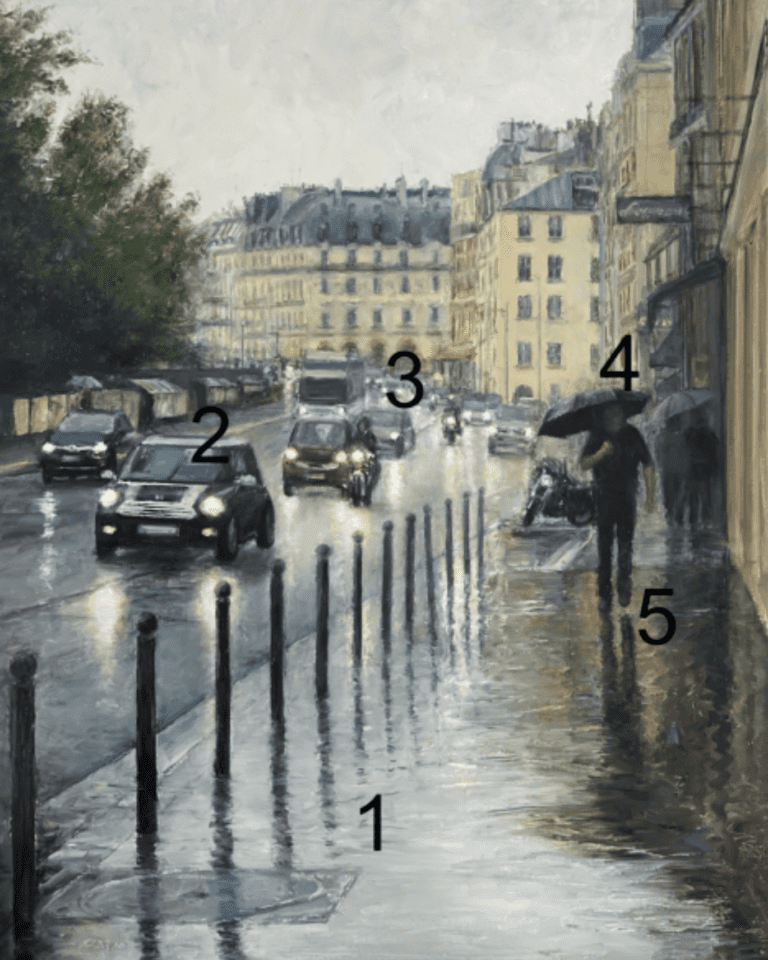
Another way to look at the power of these audible cues is to delete them. Imagine the painting without the swirling water, slapping windshield wipers, swooshing vehicles, pitter-patter rain on umbrellas, and foot about to splash a wet surface sounds. “Paris Rain” would sound different. Its impact and emotional connection with the viewer would be reduced.
Let’s look at another example of leveraging senses but in a different location and season. Winter cityscapes provide opportunities to have the viewer feel cold and warmth. Below is a recent example titled “Art Deco Building in Winter”. On the one hand, grey clouds, heavy clothing, blowing flags, and snow-lined buildings all reinforce the feel of the painting’s winter-based composition. On the other hand, a feeling of warmth emanates from the lights on the streetlamps, store windows, cab, buildings, and glowing globes above the fence. These visuals provide a welcome contrast to the cold features. Through the sense of feel, the cold and warm elements amplify the compositional intent.
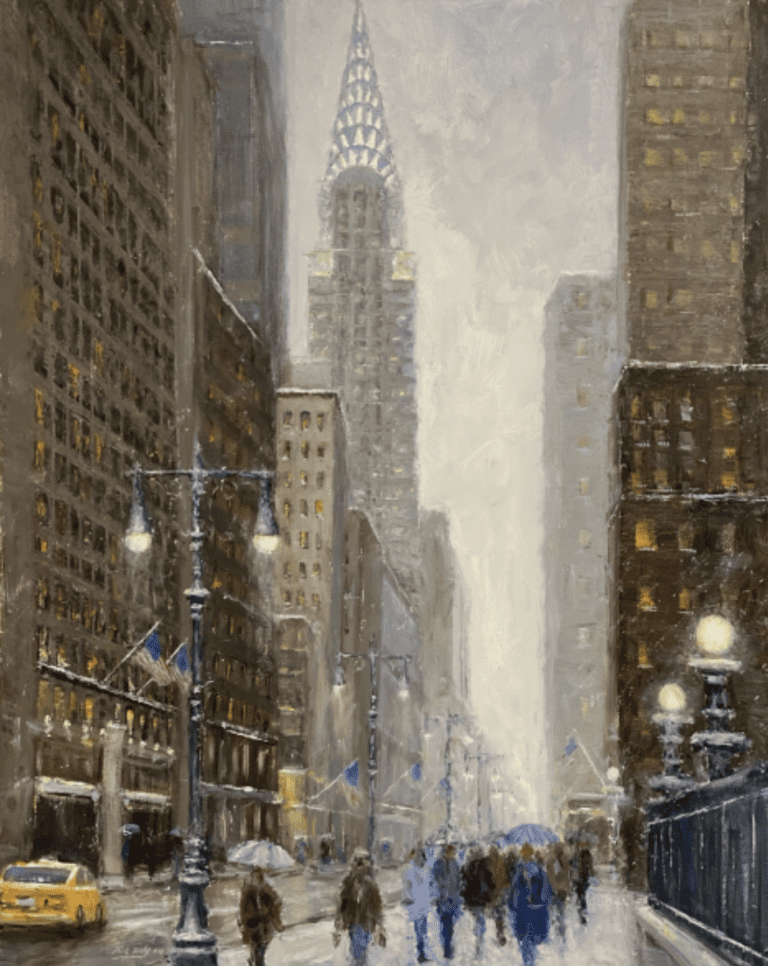
30” x 24” – Oil
Exhibited in OPA 2020 Eastern Regional. Semi-Finalist in the 15th ARC Salon Competition. Best Building Award in the PleinAir Salon 10th Annual Competition (August, 2020)
The last painting example, “A New York Treat,” demonstrates the senses of smell and taste. Portraying smoke rising from chestnuts roasting on a NYC side walk vendor food cart adds smell to the painting. It helps connect the viewer to the memorable taste of chestnuts that are sold under colorful umbrella-topped carts found along the streets of New York City.
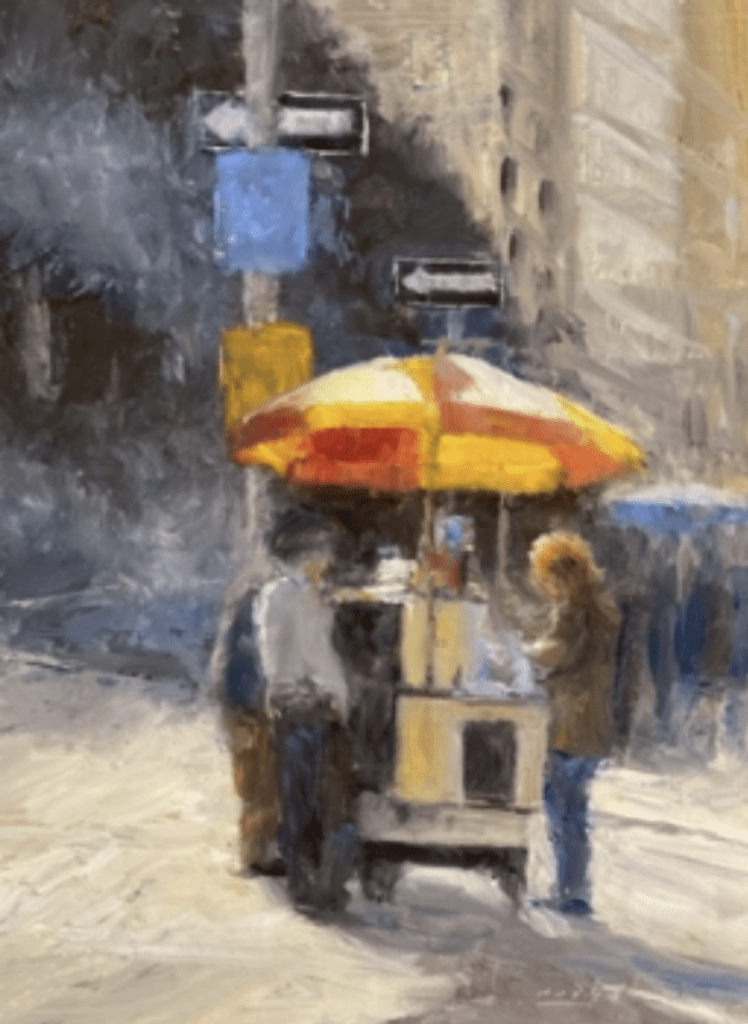
12” x 9” – Oil
As painters, we are not confined to a two-dimensional world. There are ways to add dynamic impact through all five senses. Before starting your next painting, be open to new possibilities to expand your toolkit. Ask the question: “How should this painting sound (feel, taste, smell) to best reinforce the composition?” It will set your paintings apart from others. It will make a more emotional connection with your viewers.
